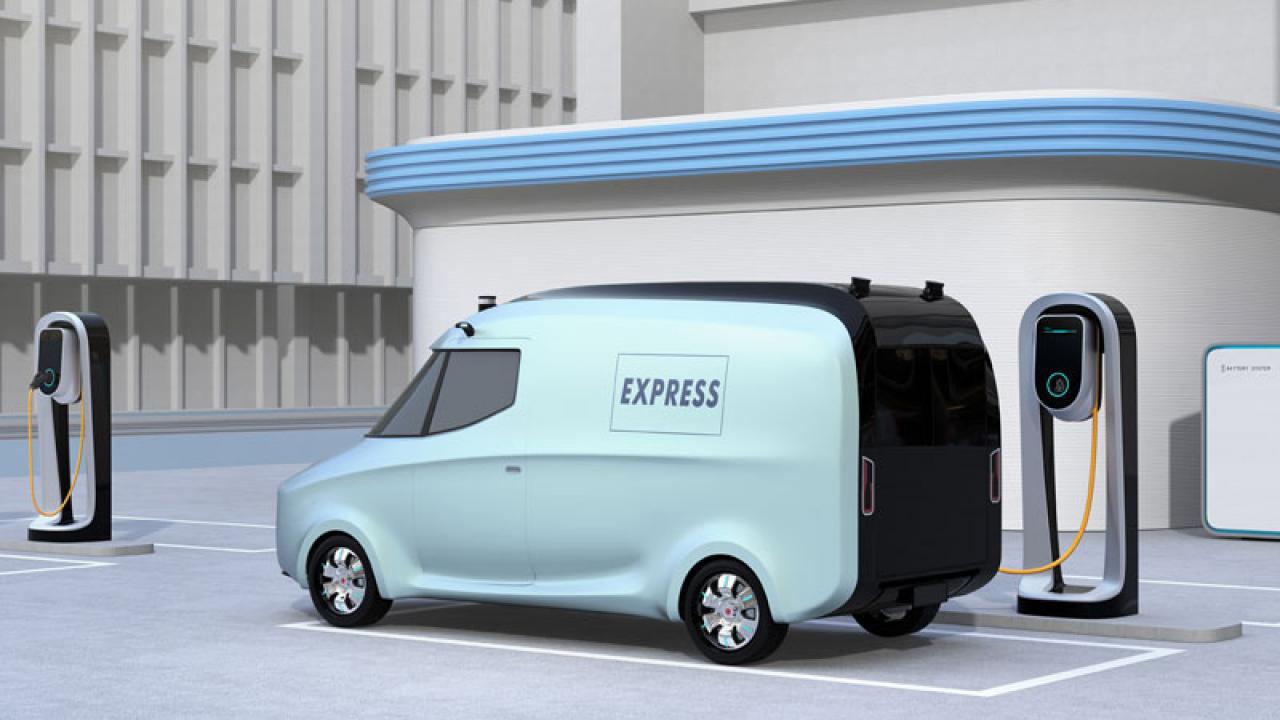
Initially, mainly technology-oriented or particularly environmentally conscious companies used to be interested in buying e-vehicles. However, nowadays, more and more companies are considering switching to e-vehicles. At the same time, entrepreneurs are often confronted with a lack of transparent and clear information on a switch to e-mobility or the integration of e-vehicles into existing fleets. Especially online, the user is initially faced with an inscrutable abundance of different information. The number and kind of factors that are relevant and have to be considered when buying an e-vehicle are therefore often at first unclear for many interested parties. With the EUFAL project, the German Aerospace Center (DLR) and six other European research institutions have created an English-language online knowledge platform designed to support companies in various phases of the decision-making process. From the initial consideration of possible applications of electric vehicles, through the implementation of the introduction to the optimization of electric vehicle fleets, information and advice to support decision-making are offered on the platform, which is funded by the ERA-NET Cofund Electric Mobility Europe (EMEurope) and the European Commission. Besides the DLR Institute of Transport Research, DTU Management Engineering, Copenhagen Electric, the Maritime University of Szczecin, the AIT Austrian Institute of Technology, Borusan Lojistik and the Istanbul University of Technology were involved in the project.
"One of the most fundamental aspects that concerns smaller companies in particular before buying e-vehicles for their company fleet is whether the changeover is economically worthwhile for them. With EUFAL, we want to close important knowledge gaps and offer companies a decision-making aid through our tools," explains DLR project manager Anika Lobig.
Is the change worthwhile? What kind of funding is available?
On the EUFAL exchange platform, companies can use the Fleet Analyzer tool to make detailed comparisons between conventional vehicles and e-vehicles in order to find out how a switch to e-vehicles can be reconciled with their specific fleet needs. As a result, companies can learn whether a switch will be economically feasible and profitable before investing in e-vehicles. In addition to this basic cost-benefit tool, which is aimed primarily at companies about to make their first purchase decision, companies will also find external links on the website to other online tools that can be used to perform more complex calculations to optimize existing fleets. In addition, the EUFAL platform offers an overview of current funding measures - interested parties can click through an international funding map. After all, it is not only in Germany that more and more measures are being implemented to promote e-vehicles, from which companies can benefit when switching to more environmentally friendly fleets.
Vehicle types and the international charging infrastructure
The same e-vehicle is not suitable for every operational purpose. E-fleets differ from conventional vehicle offers not only in form, but also in size, functionality and other factors. The EUFAL knowledge platform also provides information on this: visitors will be introduced to some of the current e-vehicle models and shown for which purposes the different vehicles are suitable. The platform also provides information about which factors are particularly important in the complex topic of charging infrastructure. External links refer, for example, to websites with maps of public charging infrastructures and provide information about different providers. This also makes it easier for companies to make the decision to integrate e-vehicles.
The platform is freely accessible to all interested parties. It is intended to help increase interest in e-vehicles among companies and further promote the market launch of electric vehicles in commercial transport.
